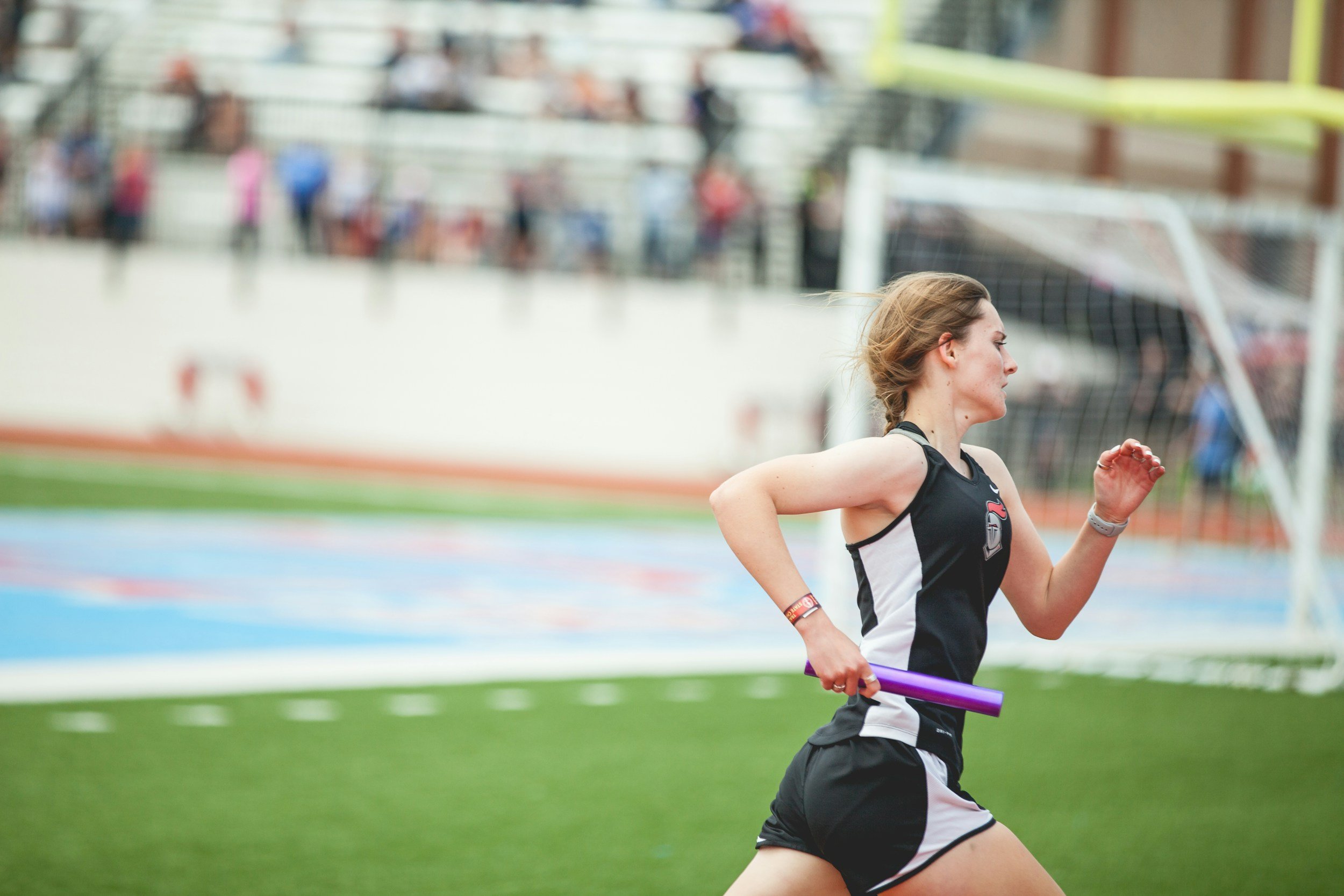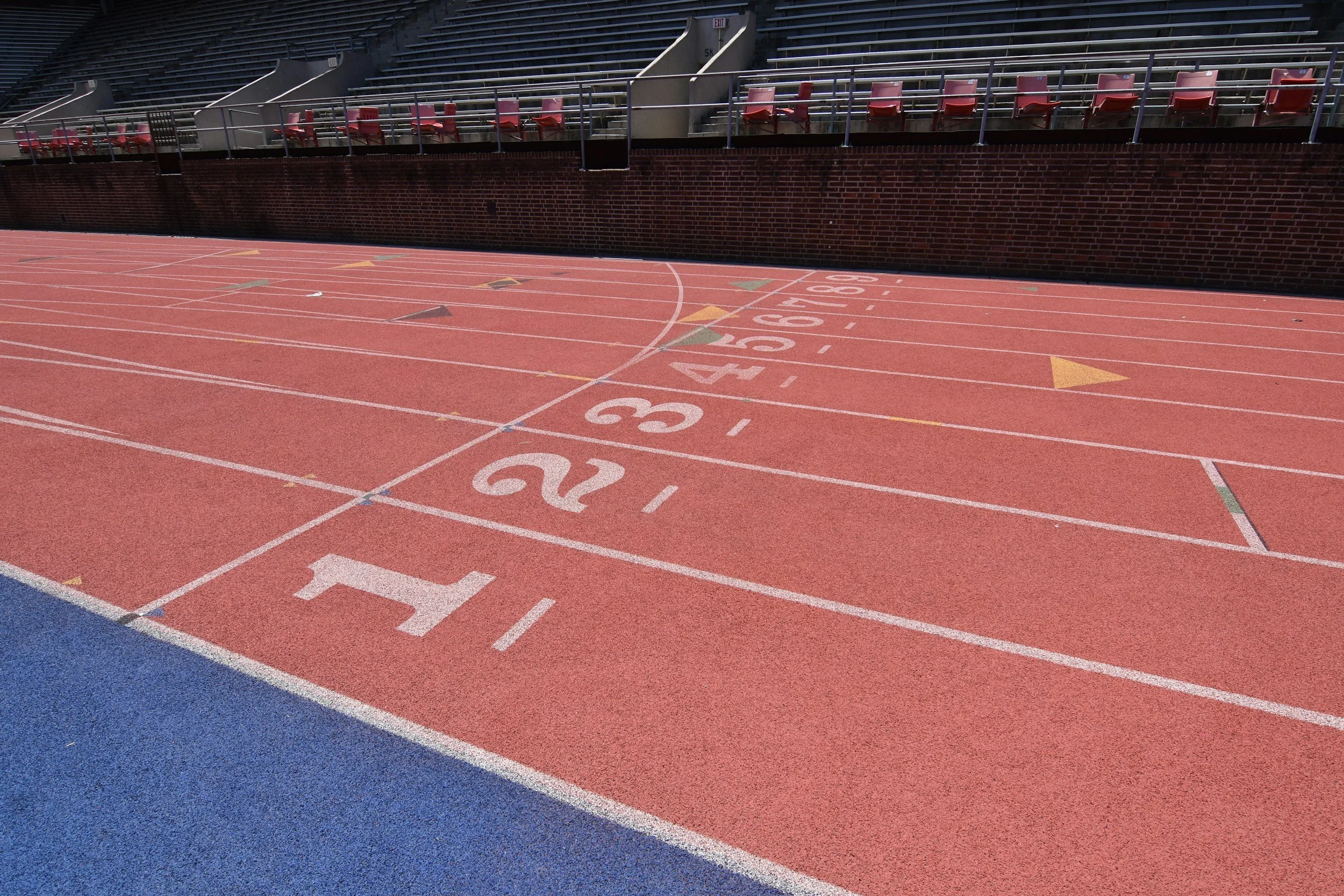High Jump Training for Youth Athletes: Tips and Techniques for Success
Aspiring young athletes who want to master the art of high jump require more than just raw talent. They need proper coaching, training, and support to excel in this demanding sport. High jump training for youth athletes is crucial to develop their skills, strength, and endurance, enabling them to compete at the highest level. In this article, we'll explore the essential tips and techniques for successful high jump training.
The Importance of High Jump Training
High jump is an athletics event where athletes aim to jump over a horizontal bar placed at a certain height without knocking it off. It is a challenging and technical sport that requires an athlete to have explosive power, speed, and agility. For youth athletes, high jump training is not only about building physical strength and improving technique but also about developing mental toughness and confidence.
High Jump Technique for Beginners
The first step towards mastering high jump is to develop the correct technique. The following are some essential techniques that beginners must focus on during high jump training.
The Approach
The approach is the initial run-up to the takeoff point. It is a crucial element in high jump as it determines the athlete's speed and momentum before the jump. Some of the high jump approach drills that youth athletes can practice are:
- Straight-line approach: This is a simple drill where the athlete runs straight towards the takeoff point without a curve.
- Curve approach: This drill involves running around a curve before reaching the takeoff point.
- Serpentine approach: This drill combines the straight-line and curve approach and is an effective way to build speed and rhythm.
The Takeoff
The takeoff is the phase where the athlete jumps off the ground and into the air. The key to a successful takeoff is the correct positioning of the body. Some of the high jump takeoff drills that youth athletes can practice are:
- Standing long jump: This drill helps athletes develop the correct foot placement and body position required for the takeoff.
- Hurdle hops: This drill involves jumping over hurdles and is an effective way to improve jumping technique and timing.
The Flight
The flight is the phase where the athlete clears the bar and transitions into the landing. During this phase, the athlete's body must be in the correct position to maintain momentum and maximize height. Plyometric training for high jumpers can help improve their explosive power, which is critical during the flight phase.
The Landing
The landing is the final phase of high jump, and it is essential to land safely to avoid injuries. High jumpers must practice landing on a soft surface like a mat or a sand pit to reduce the impact on their joints.
Plyometric Training for High Jumpers
Plyometric training involves explosive movements like jumping, hopping, and bounding, and is an effective way to improve high jump performance. Plyometric training for high jumpers can help improve their explosive power, speed, and agility, which are essential for a successful jump.
Some of the best plyometric exercises for high jumpers are:
- Box jumps
- Depth jumps
- Single-leg hops
- Skater jumps
It is crucial to incorporate plyometric exercises gradually into the high jump training program to avoid overtraining and injuries.
High Jump Flexibility Exercises
High jump requires a significant range of motion and flexibility, especially in the hip and ankle joints. Flexibility exercises can help improve mobility and prevent injuries. Some of the high jump flexibility exercises that youth athletes can practice are:
- Dynamic stretching: This involves moving the joints through their full range of motion.
- Static stretching: This involves holding a stretch position for a certain duration.
- Yoga: This is an effective way to improve flexibility and balance.
High jump training for youth athletes is a process that requires dedication, discipline, and hard work. The right coaching and training can help young athletes develop the correct technique, strength, and endurance required to excel in this sport. Incorporating high jump approach drills, high jump technique for beginners, plyometric training for high jumpers, high jump takeoff drills, and high jump flexibility exercises can help youth athletes improve their performance and achieve success in high jump competitions.
Additionally, it is crucial to maintain a healthy lifestyle by following a balanced diet, getting enough rest and sleep, and staying hydrated to support optimal athletic performance. By focusing on the right training techniques, maintaining a healthy lifestyle, and putting in the necessary effort and dedication, young athletes can become successful high jumpers and achieve their athletic goals.
In conclusion, high jump training for youth athletes is an excellent way to build physical strength, improve technique, and develop mental toughness. By incorporating the tips and techniques outlined in this article, young athletes can develop the skills and confidence necessary to succeed in high jump competitions.































